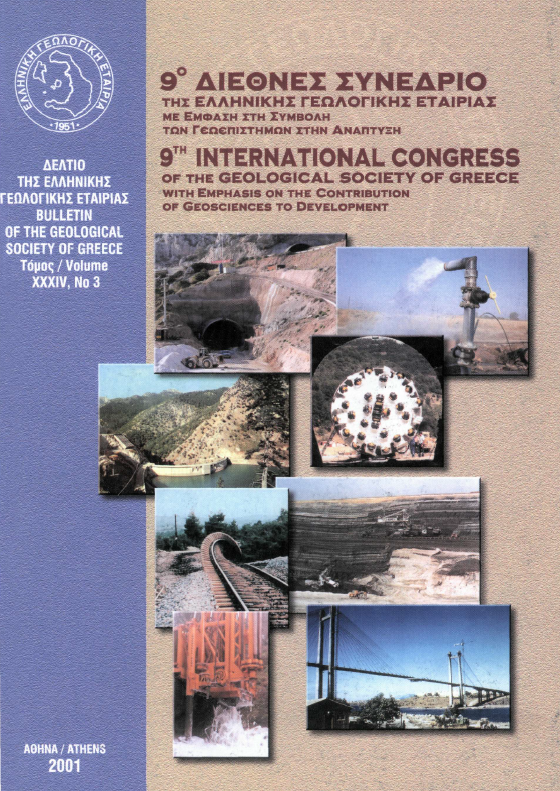IDENTIFICATION OF TREATED-COLOR FRESHWATER CULTURED PEARLS

Abstract
Demand for colored pearls has grown during the last thirty years. Colored pearls are rarer than white ones. Thus treated-color pearls have entered the marketplace and their identification became a challenge for the gemologists. With only the help of visual observation, EDXRF and X-radiography, methods that are used today for pearls identification, it is not always easy to identify them. Previous studies, have established that Raman scattering is useful to detect pigments in cultured freshwater pearls. The present study is based on the measurement of the Raman spectroscopy of 35 natural colored freshwater pearls and 15 treated-color freshwater pearls, covering a wide range of typical colors for this material, with green excitation. All natural- color pearls show the two major Raman resonance features of polacetyenic pigments assigned to C=C stretching-at about 1530(±25) cm'1- and C-C stretching - at about 1130(±10) cm' -, regardless of their specific hue. In this paper it is proposed that the absence of these Raman features prove the artificial origin of pigments in a colored freshwater cultured pearl.
Article Details
- How to Cite
-
Karampelas, S., Fritsch, E., Sklavounos, S., & Soldatos, T. (2007). IDENTIFICATION OF TREATED-COLOR FRESHWATER CULTURED PEARLS. Bulletin of the Geological Society of Greece, 40(2), 794–804. https://doi.org/10.12681/bgsg.16720
- Section
- Mineralogy-Petrology-Geochemistry-Economic Geology

This work is licensed under a Creative Commons Attribution-NonCommercial 4.0 International License.
Authors who publish with this journal agree to the following terms:
Authors retain copyright and grant the journal right of first publication with the work simultaneously licensed under a Creative Commons Attribution Non-Commercial License that allows others to share the work with an acknowledgement of the work's authorship and initial publication in this journal.
Authors are able to enter into separate, additional contractual arrangements for the non-exclusive distribution of the journal's published version of the work (e.g. post it to an institutional repository or publish it in a book), with an acknowledgement of its initial publication in this journal. Authors are permitted and encouraged to post their work online (preferably in institutional repositories or on their website) prior to and during the submission process, as it can lead to productive exchanges, as well as earlier and greater citation of published work.






